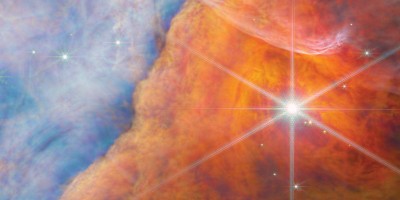Early observations of the flaring object ASASSN-15lh led astronomers to cast it as the most luminous supernova ever. Now, convincing evidence indicates that this object is not as it seemed. In fact, fitting it into any known box is a challenge.

References
Leloudas, G. et al. Nat. Astron. 1, 0002 (2016).
Dong, S. et al. Science 351, 257–260 (2016).
Quimby, R. M. et al. Nature 474, 487–489 (2011).
Gal-Yam, A. Science 337, 927–932 (2012).
Brown, P. J. et al. Astrophys. J. 828, 3 (2016).
Godoy-Rivera, D. et al. Preprint at http://arxiv.org/abs/1605.00645 (2016).
Margutti, R. et al. Preprint at http://arxiv.org/abs/1610.01632 (2016).
Kasliwal, M. M. Publ. Astron. Soc. Australia 29, 482–488 (2012).
Author information
Authors and Affiliations
Corresponding author
Rights and permissions
About this article
Cite this article
Cenko, S. Astrophysics: The true nature of transients. Nat Astron 1, 0008 (2017). https://doi.org/10.1038/s41550-016-0008
Published:
DOI: https://doi.org/10.1038/s41550-016-0008
- Springer Nature Limited


